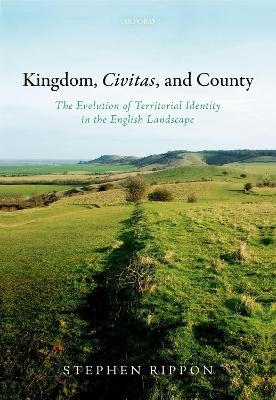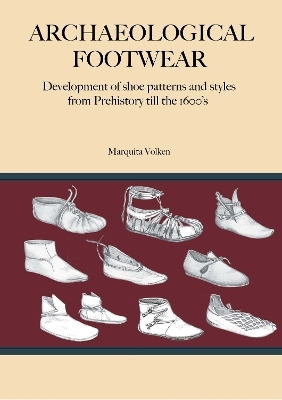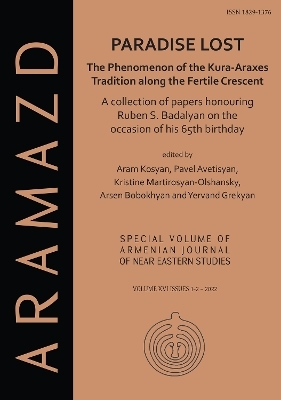
Kingdom, Civitas, and County
Oxford University Press (Verlag)
978-0-19-875937-9 (ISBN)
This book explores the development of territorial identity in the late prehistoric, Roman, and early medieval periods.
Over the course of the Iron Age, a series of marked regional variations in material culture and landscape character emerged across eastern England that reflect the development of discrete zones of social and economic interaction. The boundaries between these zones appear to have run through sparsely settled areas of the landscape on high ground, and corresponded to a series of kingdoms that emerged during the Late Iron Age. In eastern England at least, these pre-Roman socio-economic territories appear to have survived throughout the Roman period despite a trend towards cultural homogenization brought about by Romanization. Although there is no direct evidence for the relationship between these socio-economic zones and the Roman administrative territories known as civitates, they probably corresponded very closely.
The fifth century saw some Anglo-Saxon immigration but whereas in East Anglia these communities spread out across much of the landscape, in the Northern Thames Basin they appear to have been restricted to certain coastal and estuarine districts. The remaining areas continued to be occupied by a substantial native British population, including much of the East Saxon kingdom (very little of which appears to have been 'Saxon'). By the sixth century a series of regionally distinct identities - that can be regarded as separate ethnic groups - had developed which corresponded very closely to those that had emerged during the late prehistoric and Roman periods. These ancient regional identities survived through to the Viking incursions, whereafter they were swept away following the English re-conquest and replaced with the counties with which we are familiar today.
Stephen Rippon is Professor of Landscape Archaeology at the University of Exeter with strongly interdisciplinary research interests in the landscapes of Roman and medieval Britain, regional variation in landscape character, and using the techniques of historic landscape analysis to explore how the countryside of today has come into being. He is a recent Dean of Graduate Research at the University of Exeter, and past president of the Medieval Settlement Research Group and Treasurer of the Society for Medieval Archaeology.
1: Introduction: The Evolution of Territorial Identities in the English Landscape
2: Iron Age Landscape, Society and Regionality: The Material Culture
3: Iron Age Landscape and Society: The Settlement Patterns
4: The Romano-British Urban and Religious Landscape
5: The Romano-British Rural Landscape of the Land-Owning Elite
6: Romano-British Material Culture
7: Kingdoms and Regiones: The Documentary Evidence
8: Anglo-Saxon Colonization
9: Regional Identities: Angles and Saxons?
10: The Native British
11: Regionality Under The New Order: The Seventh to Tenth Centuries
12: The Boundaries of Early Medieval Kingship
13: Conclusions
| Erscheinungsdatum | 25.04.2018 |
|---|---|
| Verlagsort | Oxford |
| Sprache | englisch |
| Maße | 178 x 250 mm |
| Gewicht | 1062 g |
| Themenwelt | Geisteswissenschaften ► Archäologie |
| ISBN-10 | 0-19-875937-1 / 0198759371 |
| ISBN-13 | 978-0-19-875937-9 / 9780198759379 |
| Zustand | Neuware |
| Haben Sie eine Frage zum Produkt? |
aus dem Bereich


